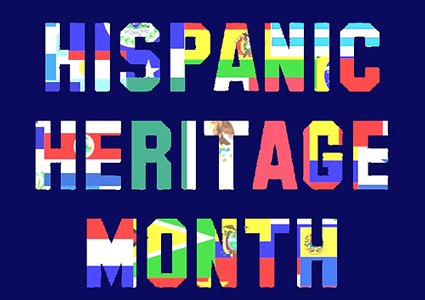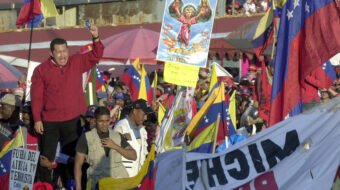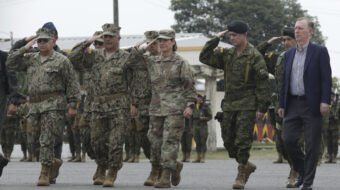
Hispanic Heritage Month runs from Sept. 15 to Oct. 15 each year, when people recognize the contributions of Hispanic and Latino Americans to the United States and celebrate the continental heritage and culture. Hispanic Heritage Week was approved by Pres. Lyndon Johnson, and later it was expanded to a month by law in 1988.
September 15 was chosen as the starting point for the celebration because it is the anniversary of independence from Spain of five Central American countries: Costa Rica, El Salvador, Guatemala, Honduras and Nicaragua; all declared independence in 1821. In addition, Mexico, Chile and Belize celebrate their independence days in September, on the 16th, 18th, and 21st, respectively.
Hispanic Heritage Month celebrates the long and important presence of Hispanic and Latino Americans in North America. The fortress of St. Augustine, Fla. was the first continuous European settlement in what is now the U.S., founded 350 years ago in 1565, 42 years before the English landed in Jamestown, Va.
The term Hispanic refers to Puerto Rican and other Caribbean, South or Central American, or other Spanish culture or origin regardless of race. On the 2010 Census form, people of Spanish, Hispanic and/or Latino origin could identify themselves as Mexican, Mexican American, Chicano, Puerto Rican, Cuban, or “another Hispanic, Latino, or Spanish origin.” Portuguese-speaking Brazilian-Americans are counted as Latinos, though not Hispanic. Indigenous peoples of the Americas do not trace their origin to Spain or Portugal so are not Hispanic but are Latinos by geography.
In Latin America, what North Americans have called Columbus Day is referred to as the Día de la Raza, the day to celebrate the multiracial, multicultural people of the Americas. The influential but controversial Mexican educator and philosopher José Vasconcelos used the term “la raza cósmica” to refer to the mezcla, the unique “cosmic” mix of peoples (think of worlds colliding) that occurred in the Western Hemisphere after 1492.
This philosophy has come under criticism from Native Americans because of its negative implications concerning indigenous peoples. To an extent, his philosophy argued for a new, “modern” mestizo people, but at the cost of cultural assimilation of all ethnic groups.
In recent years, even in the U.S., there has emerged a popular movement to rethink Columbus Day as Indigenous Peoples Day. The time is long past now when anyone can legitimately state that Columbus “discovered” America!
As of the 2010 Census figures, 50.5 million people or 16 percent of the U.S. population are of Hispanic or Latino origin. This represents a significant increase from 2000, which registered the Hispanic population at 35.3 million or 13 percent of the population. The size of the U.S. Hispanic population ranks second worldwide. Only Mexico (120 million) has a larger Hispanic population than the U.S.
People in the U.S. who are of Mexican background comprise 64 percent of those of Hispanic-origin. An important point to keep in mind is that not all these are immigrants or descendants of immigrants from Mexico. Many trace their roots in what is now the U.S. back to Spanish colonial times: They did not cross the border, the border crossed them. Another 9.4 percent are of Puerto Rican background, 3.7 percent Cuban, 3.8 percent Salvadoran, 3.1 percent Dominican and 2.3 percent Guatemalan. The remainder are of other Central American, South American or other Hispanic or Latino origin. In 22 states Hispanics are the largest minority group.
In his 2015 proclamation of Hispanic Heritage Month, President Barack Obama said:
“Last year, I took action to fix our broken immigration system within the confines of the law. The policies include offering temporary relief to parents of children who are United States citizens or lawful permanent residents so they could come out of the shadows, get right with the law, and further contribute to America’s success while also providing for their loved ones — because as a Nation that values families, we must work together to keep them together. I also took steps to modernize the legal immigration system for families, employers, and workers, and strengthened Federal immigrant integration efforts. I created the White House Task Force on New Americans — a Federal interagency effort focused on strengthening and enhancing our efforts to integrate new Americans and build welcoming communities. And we are working to make sure the millions of individuals who are eligible for citizenship understand the opportunities, rights, and responsibilities that it affords. While these actions make our system better, they are not a permanent fix to our broken immigration system — and that is why I continue to call on the Congress to pass meaningful, comprehensive immigration reform.”
Adapted from Wikipedia and other sources.












Comments